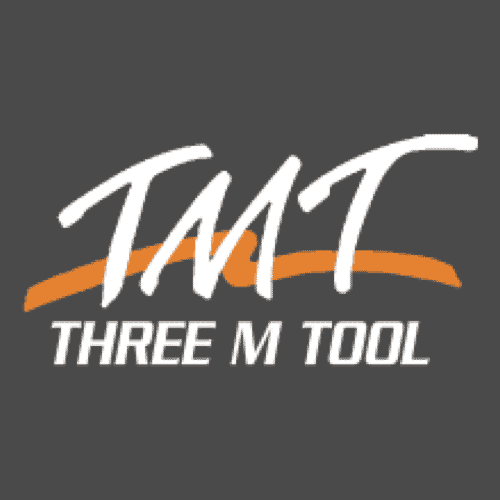How We Design Baskets
HOW WE DESIGN WIRE BASKETS
Three M Tool is committed to designing and fabricating the best engineered wire baskets or metal solutions for every customer challenge. To do this, we follow a thorough and detailed series of steps to ensure our products meet every requirement for the task and exceed our customers’ expectations for performance and manufacturability.
To help you better understand how we work, here’s a look at our four-step process for designing wire baskets.
Every successful project begins by understanding the customer’s application. Our sales team starts with some questions to capture the requirements:
- General application: cleaning, filtering, chemical dip, heat treating, FPI inspection, etc.
- Application environment: ultrasonic, high temperature, enclosed vapor degreasing (EVD), caustic dip, spray wash.
- Work envelope size: dimensions of any tanks, conveyors, machine chambers, etc.
- Smallest part size: opening size for mesh selection, mesh openings should be just smaller than the smallest part.
- Other wire basket features:
- Handles (top, ends, swinging)
- Lid (hinged, latches, compression)
- Part orientation (top loading only or full rotation)
- Divided compartments (solid metal, perforated, mesh walls)
- Crossing rod grids
- Pin rack (spacing, length, radiused ends)
- Part protection (Nylon 11 coating, UHMW)
- Basket stacking (stack height)
- Lifting (single-point hoist, multi-point sling hoist, fork truck)
- Part examples: digital models, photos, samples
The information gathered in step one is then reviewed and discussed by our design team with members from engineering, production, and sales. This multi-disciplinary team draws on their combined experience to develop a design concept that balances:
- Design intent: Will the wire basket or product design work for its intended purpose?
- Manufacturability: Can the wire basket or product design be made easily and accurately?
- Usability: Is the wire basket or product design safe, intuitive, and comfortable for the end user?
- Value: Will the cost to make the wire basket or part be appropriate to the customer’s need?
The sketches and ideas from the design team then go to the CAD designers to complete the wire basket or product design.
- Ideally, the customer has supplied digital part models or physical part samples that we can digitize. We start by positioning digital parts models within the work envelope constraints, paying close attention to how the parts are oriented to maintain part-to-part clearance.
- With the digital parts positioned “in space,” the basket is designed outward to support and secure the parts during the process. We are able to experiment with different configurations within SolidWorks to find the design that is the most secure and the easiest to load.
- Our design concept is then presented to the customer with engineering drawings or digital animations. Because the parts, the basket, and sometimes even the process equipment has been drawn to scale, problems are easy to identify and correct before production begins.
The approved basket design is fully captured digitally in SolidWorks. With very little effort and no loss of accuracy, we are able export part programs directly to our CNC rod bending equipment and our CNC machine centers.

